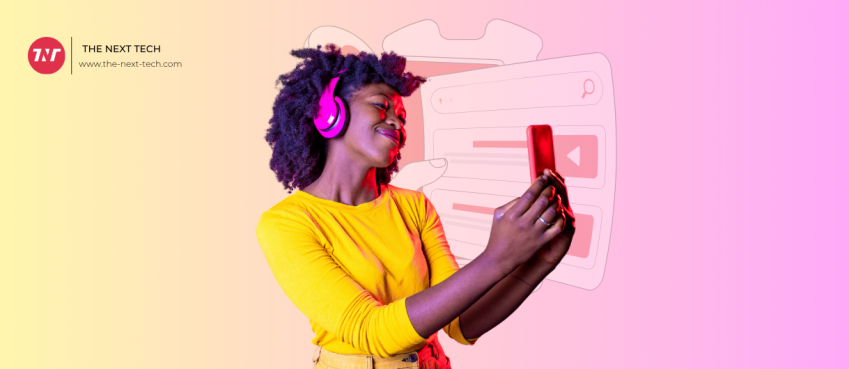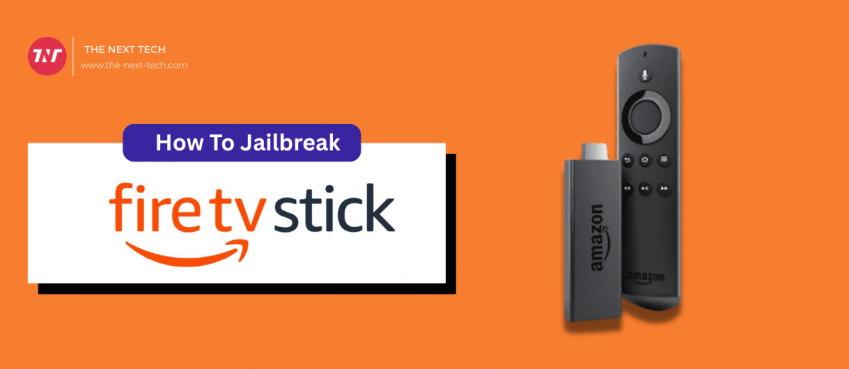
In the quickly evolving field of mobile app development, it is a significant milestone for individuals and businesses to have their apps published in popular app stores. The most relevant of these app stores, in particular, are Google Play Store and Apple’s App Store.
Unfortunately, like with most forms of software development, the path from imagination to publication is not without its fair share of obstacles. One of the most prominent frustrating setbacks for app developers is the rejection of their app during the submission process.
App rejection can be a demoralizing experience for anyone, but understanding the common causes can help developers avoid these issues and boost their chances of getting their apps approved. This article will explore the nine most notorious reasons mobile apps get rejected while also offering insights on how you can prevent these issues.
1. Violating App Store Guidelines
Because mobile applications have become an increasingly integral part of people’s daily lives, both Google and Apple enforce strict guidelines that developers must adhere to when submitting their apps. These guidelines encompass many different aspects, including content, functionality, security, and design.
Violating these rules and regulations can cause your app to be rejected during submission. Avoiding any app store guidelines violations is critical to the success and longevity of your mobile application.
Here are some crucial steps to help you avoid any violations of app store guidelines.
Meticulously review the guidelines
A good start is thoroughly reading and understanding the app store guidelines specific to the platforms you wish to publish on, like Google Play Store and Apple App Store. It is ideal to conduct regular checks on changes or updates to their respective guidelines as they may adjust over time.
Carefully plan and design
Regardless of whether it is a productivity or entertainment application, you need to plan its content, functionality, and design with the guidelines in mind before you begin the app development process. Your app must follow the best user experience and usability practices while providing value to your users.
Also read: Top 10 AI Infrastructure Companies In The WorldRespect intellectual property rights
App stores are particularly strict regarding intellectual property rights, making it crucial to avoid utilizing trademarks, intellectual property, or copyrighted material without proper authorization. You should always produce original content, use licensed assets when needed, and provide appropriate attribution where necessary.
Monetize ethically
If you plan to include in-app purchases or ads, disclosing these monetization methods to your users is critical. Avoid excessive ads that deceive users or disrupt the overall user experience and provide a transparent and seamless process for handling subscriptions or in-app purchases.
Comply with content guidelines
Comply with guidelines regarding offensive or explicit content, violence, and hate speech to ensure your app’s content is appropriate for all audiences. It is ideal to moderate user-generated content to prevent viewing inappropriate content within your mobile app.
Tests, tests, and more tests
It is essential to conduct thorough tests on your app to find, identify, and fix crashes, usability issues, and bugs to ensure your app works by design on various operating system versions and devices.
Keep yourself updated and engaged
Always remain up-to-date on changes to the app store’s policies, announcements, and guidelines. Attending conferences, engaging with the app store’s community, and participating in developer forums to share knowledge and learn from others’ experiences are crucial.
Also read: 2021’s Top 10 Business Process Management SoftwareProvide exemplary customer support
Apart from ensuring your application follows guidelines and works as expected without any bugs, you must also address complaints and feedback from your users professionally and promptly. The best way to accomplish that is by implementing mechanisms for users to report violations or issues within the app.
Adhere to regulatory and legal requirements
Maintain awareness and adhere to international, national, and local regulations and laws that might apply to your mobile app. These laws and regulations can include accessibility standards and data protection laws.
Regularly maintain and update your app
Mobile app development does not end after successfully publishing it on app stores; you must also conduct regular maintenance and updates for relevance and security. Ensure your app is up-to-date with feature enhancements, improvements, and bug fixes to remain compatible with the latest devices and operating system versions.
Seek legal counsel if you need it
If you have regulatory or legal compliance concerns, you may need to consult legal experts specializing in technology and app development law.
Exercise transparency with your users
Clear communication of any updates or changes to your app, which includes changes in terms of service and functionality, is pivotal to your app’s success. Provide a reliable method for your users to contact your support team with concerns or questions.
Transparency is especially crucial for mobile apps that involve money or promises of sign-up bonuses.
Also read: DND Character Sheet: What It Is, How To Set Up, Backgrounds & Gameplay TerminologyConduct thorough tests with app store review guidelines in mind
Before submitting your mobile app for review, you must conduct an internal review utilizing the app store guidelines as a checklist to identify potential violations. Violating any rules and regulations can lead to rejecting your app’s submission.
It is critical for developers to meticulously review the guidelines before submitting their mobile apps for review to ensure compliance.
2. Poorly Made User Interface or UI and Lackluster User Experience or UX
An application with a poor user interface or UI, or user experience or UX, is highly likely to be rejected by app stores. The typical mobile app user expects visually appealing, responsive, intuitive interfaces.
If the design of your app appears cluttered, does not consistently work smoothly on various screen sizes and devices, or has confusing navigation, there is a high chance of it getting rejected. That is why you must gather user feedback and conduct thorough testing to refine your mobile app’s user interface and user experience.
3. Glitches, Bugs and Crashes
App glitches, bugs, crashes, and other technical issues are primary deal breakers for app store reviewers and mobile users. Unresolved bugs or frequent crashes often result in rejection, which makes it essential to conduct comprehensive tests on various operating system versions and devices to identify and fix issues before submission.
4. False, Misleading, or Inaccurate Information
Providing inaccurate or misleading information in your app’s screenshots, metadata, or description can lead to rejection. It is integral that you are honest about the functionality and features of your app and avoid utilizing misleading descriptions or keywords to boost the download rate.
Aside from building trust among your target audience, this practice also helps you win over app store reviewers who are keen on ensuring mobile users receive what they expect based on the presentation of your app.
Also read: Top 10 AI GPUs That Can Increase Work Productivity By 30% (With Example)5. Not Enough Privacy and Security Measures
Data privacy and security are high-priority concerns for mobile users and app stores. Failure to properly handle user data or to implement robust security measures can result in the rejection of your mobile app.
Communicating your privacy practices to your users clearly and ensuring your app adheres to relevant data protection regulations is essential.
6. Explicit or Inappropriate Content
Apps that contain objectionable, offensive, and explicit content are likely to be rejected because they often violate app store guidelines. That includes explicit language, imagery, and content that endorses illegal activities, hate speech, or discrimination.
App developers must conduct careful reviews to help filter their apps of any unwanted or inappropriate content so that their apps meet app store guidelines.
7. Poor Performance and Slow Loading Times
Apps with long loading times or poor performance are one of the biggest turn-offs and sources of frustration among mobile users. That is why slow and unresponsive apps are the most likely to receive a rejection from app store reviewers.
Some of the most effective ways to optimize your app’s performance are to use efficient algorithms, minimize resource usage, and optimize code. Regular updates to your app ensure it maintains compatibility with the latest devices and operating system versions.
8. Lack of Proper Documentation
App stores typically require detailed documentation, which includes privacy policies, contact information for inquiries or support, and terms of service; failing to provide proper documentation often leads to rejection. Ensure that the documentation of your app is readily available for review and comprehensive to avoid any issues with getting approval.
9. Frequent Updates Despite Unresolved Issues
Submitting frequent updates without addressing known issues can raise several red flags for app store reviewers since they often prioritize well-maintained and stable apps. Before submitting any updates to your app, you must thoroughly test it to ensure you resolve any reported issues and that it functions according to its design.
Bonus: Non-Compliance with App Store Review Processes
Attempting to circumvent or ignore the app store review process can lead to immediate rejection. You must diligently follow the procedures and guidelines Google, Apple, or other app stores provide to ensure your app’s approval.
That includes responding promptly to reviewer feedback, utilizing appropriate submission forms, and complying with review timelines.
Get Your App Approved Without Setbacks
Getting their mobile app rejected can waste valuable time and a source of frustration for developers, but it is a common aspect of the app development journey. By understanding the most common reasons apps get rejected and taking proactive measures to address them, you significantly increase the chances of your apps getting approved on prominent app stores.
The app review process is there to maintain the security and quality of the app ecosystem, making it crucial to approach it with a commitment to providing the best possible user experience. With thorough testing, adherence to app store guidelines, and careful planning, you can mitigate the risk of rejection and boost the chances of the success of your app in the competitive mobile app industry.
Top 10 News
-
01
Top 10 Deep Learning Multimodal Models & Their Uses
Tuesday August 12, 2025
-
02
10 Google AI Mode Facts That Every SEOs Should Know (And Wha...
Friday July 4, 2025
-
03
Top 10 visionOS 26 Features & Announcement (With Video)
Thursday June 12, 2025
-
04
Top 10 Veo 3 AI Video Generators in 2025 (Compared & Te...
Tuesday June 10, 2025
-
05
Top 10 AI GPUs That Can Increase Work Productivity By 30% (W...
Wednesday May 28, 2025
-
06
[10 BEST] AI Influencer Generator Apps Trending Right Now
Monday March 17, 2025
-
07
The 10 Best Companies Providing Electric Fencing For Busines...
Tuesday March 11, 2025
-
08
Top 10 Social Security Fairness Act Benefits In 2025
Wednesday March 5, 2025
-
09
Top 10 AI Infrastructure Companies In The World
Tuesday February 11, 2025
-
10
What Are Top 10 Blood Thinners To Minimize Heart Disease?
Wednesday January 22, 2025







